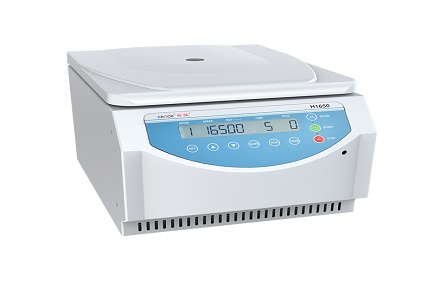en
- Home
-
Products
High Speed Refrigerated CentrifugeH2500R 6x100mL High Speed Refrigerated Centrifuge CHT210R 4x750mL High Speed Refrigerated Centrifuge H2100R 4x750mL High Speed Refrigerated Centrifuge H2050R 4x750mL High Speed Refrigerated Centrifuge HT190R 4x250mL High Speed Refrigerated Centrifuge H1750R 4x100mL High Speed Refrigerated Centrifuge HT165R 48x1.5mL High Speed Refrigerated Centrifuge HT150R 12x5mL High Speed Refrigerated CentrifugeLow Speed CentrifugeCLT55 4x750mL Large Capacity Low Speed Centrifuge L550 4x500mL Low Speed Centrifuge LT53 4x250mL Low Speed Centrifuge L420-A 12x20mL Low Speed Centrifuge L500-A 16x15mL Low Speed Centrifuge L600-A 16x15mL Low Speed Centrifuge L600A 12x15mL Low Speed Blood Bank Centrifuge TDZ5-WS 4x250mL Low Speed Centrifuge TDZ4K 12x20mL Low Speed CentrifugeFloor Low Speed Refrigerated CentrifugeCL5R 4x1000mL Low Speed Refrigerated Centrifuge L535R-1 4x750mL Large Capacity Low Speed Centrifuge CL8R 8x2200mL Low Speed Refrigerated Centrifuge L720R-3 6x2400mL Low Speed Refrigerated Centrifuge L800-2 6x1500mL Low Speed Refrigerated Centrifuge VORTEX 6K 6x1000mL Low Speed Refrigerated Centrifuge DL-6M 6x1000mL Low Speed Refrigerated CentrifugeFloor High Speed Refrigerated CentrifugeH2500R-2 4x1000mL High Speed Refrigerated Centrifuge GL-23M 4x1000mL High Speed Refrigerated Centrifuge VORTEX 22K 6x500mL High Speed Refrigerated Centrifuge GL-21M 4x750mL High Speed Refrigerated Centrifuge CH210R 4x750mL High Speed Refrigerated Centrifuge H2050R-1 4x750mL High Speed Refrigerated Centrifuge CH160R 4x1000mL High Speed Refrigerated Centrifuge VORTEX 10K 6x1000mL High Speed Refrigerated Centrifuge CH260R 6x1000mL High Speed Refrigerated Centrifuge GL-10MD 6x1000mL High Speed Refrigerated CentrifugeAutomated Decapping CentrifugeCTK64 Low Speed Automated Decapping Centrifuge CTK64R Low Speed Automatde Decapping Centrifuge CTK80 Low Speed Automated Decapping Centrifuge CTK80R Low Speed Automated Decapping Centrifuge CTK120C Large Capacity Refrigerated Automated Decapping Centrifuge CTK120R Large Capacity Refrigerated Automated Decapping Centrifuge CTK150 Large Capacity Low Speed Automated Decapping Centrifuge CTK150R Large Capacity Low Speed Automated Decapping Centrifuge
- Company
- Resources
- News
- Contact Us
 English
English





